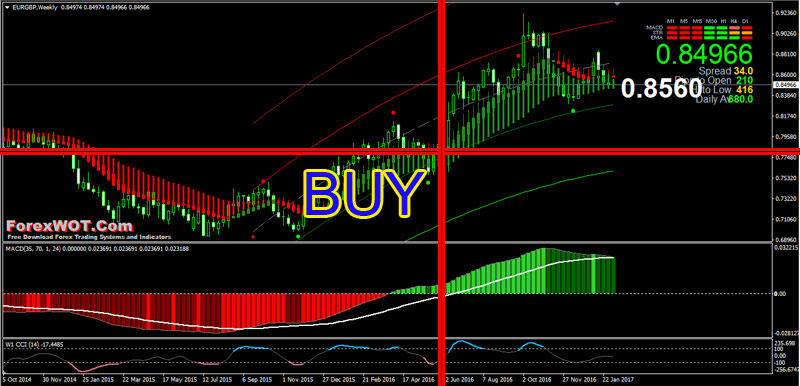The Ultimate Guide: Unlocking the Power of MACD Settings for Forex Triumph

Image: forexwot.com
Introduction:
In the fast-paced arena of forex trading, having a reliable and effective trading strategy is paramount. Among the many technical indicators available, the Moving Average Convergence Divergence (MACD) stands out as a versatile and formidable tool. However, optimizing MACD settings for maximum profitability requires a nuanced understanding of its intricacies. This comprehensive guide will empower you with the knowledge and expertise to fine-tune your MACD setups and elevate your forex trading game.
Understanding the MACD Indicator:
The MACD is a momentum indicator that measures the relationship between two exponential moving averages (EMAs) of a security’s price. By calculating the difference between these EMAs, it reveals the strength and direction of the current trend. The MACD is typically plotted as a histogram with a signal line.
Customizing MACD Settings for Forex:
While there is no one-size-fits-all approach, certain MACD settings have proven to be effective across various forex pairs and time frames. For short-term trading (15-30 minutes), shorter-period settings are recommended, while longer time frames (4-hour and daily charts) warrant more extended settings.
Optimal MACD Settings for Short-Term Trading:
- EMA1 (fast): 12 periods
- EMA2 (slow): 26 periods
- Signal EMA: 9 periods
Optimal MACD Settings for Long-Term Trading:
- EMA1 (fast): 26 periods
- EMA2 (slow): 52 periods
- Signal EMA: 18 periods
Advanced MACD Techniques:
Beyond the standard settings, traders can experiment with more sophisticated strategies to enhance their MACD analysis. These techniques include:
- Crossovers with the Signal Line: A buy signal occurs when the MACD line crosses above the signal line from below; a sell signal occurs when it crosses below from above.
- Divergences: When the price makes a higher high but the MACD makes a lower high (bearish divergence) or vice versa (bullish divergence), a potential trend reversal may be in play.
- Oscillator Mode: The MACD can also be plotted as an oscillator by subtracting the signal line from the MACD line. This creates a bounded indicator that can be used to identify overbought and oversold conditions.
Real-World Applications:
The MACD is a versatile indicator that can be incorporated into various trading strategies. Some common trading applications include:
- Trend Identification: MACD highs and lows can help identify potential trend reversals.
- Momentum Analysis: The slope and angle of the MACD lines indicate the strength and momentum of the current trend.
- Entry and Exit Timing: Crossovers with the signal line or divergences can provide early entry and exit signals.
Conclusion:
Mastering MACD settings is a vital step towards unlocking the full potential of this powerful technical indicator in forex trading. By understanding the underlying principles and experimenting with different settings, traders can optimize their MACD setups to maximize efficiency and profitability. Remember to backtest and refine your strategies regularly, stay informed about market trends, and practice risk management to enhance your trading success.

Image: forexwot.com
Best Macd Settings For Forex






